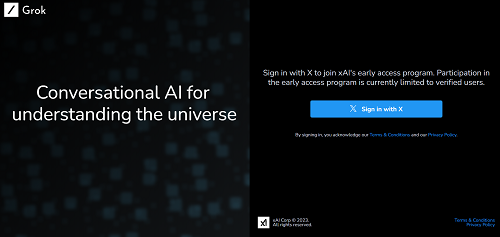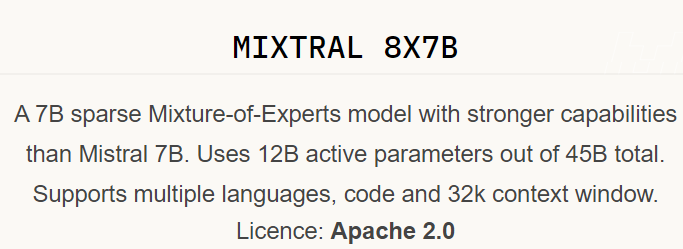Introduction
Microsoft Bing recently introduced a groundbreaking feature known as Deep Search marking a significant shift in online search capabilities. Launched on December 5th, 2023, Deep Search is currently in a testing phase with limited users. This new feature stands out for its use of the GPT-4 AI model, enhancing the depth and precision of search results.
What is Deep Search?
It represents a novel approach in the realm of search engines. It is an AI-powered upgrade integrated within Microsoft Bing, designed to handle complex and vague queries with unprecedented accuracy. Unlike traditional search engines that primarily yield basic links or generic information, it dives deeper into the web to fetch highly specific and relevant data.
Deep Search’s Unique Capabilities
The core of Deep Search’s functionality lies in its use of GPT-4, an advanced AI model. This allows it to interpret and respond to nuanced queries in a way that conventional search engines cannot. For instance, a search for “loyalty card programmes in Japan” would typically return simple links. Users receive an exhaustive list of loyalty cards complete with logos, descriptions, benefits, website links, and even comparative data like market shares.
Deep Search vs. Traditional Search Engines
It significantly differs from standard search engines in its ability to understand and process complex queries. While traditional search engines rely on keyword matching and link aggregation, it uses GPT-4’s advanced AI capabilities to delve into the query’s context, providing richer and more detailed responses.
The User Interface of Deep Search
It boasts a user-friendly and interactive interface. It features a distinct button to toggle between regular and deep search modes. The search box is equipped with icons for different types of inputs: text, image, and voice. Results are presented in an engaging format, including tabs, tables, maps, and graphs, enhancing the overall user experience.
How Deep Search Works with Bing
It is not a standalone tool but an enhancement of Bing’s existing search technology. It amalgamates the power of GPT-4 with Bing’s search algorithms to filter and sort results based on relevance, detail, credibility, and recency. This integration creates a unique and potent search experience, far surpassing traditional web searches.
The Search Process in Deep Search
It elevates the search process by accommodating various input methods. Users can input queries through natural language, upload images, or use voice commands. It’s adept at handling multiple input types simultaneously, like combining text and image queries, providing versatile and user-friendly search options.
Deep Search’s Interactive Results
The results from Deep Search are displayed in an interactive and dynamic format. Users can navigate through different tabs and access detailed information in various forms: tables for comparison, maps for geographical data, and graphs for analytical insights. This interactivity allows for a more engaging and informative search experience.
Accuracy and Quality of Deep Search Results
It prioritizes accuracy and quality in its results. It employs criteria such as match relevance, detail level and trustworthiness. Additionally, it incorporates quality indicators like ratings or verification badges and continually improves through human feedback.




